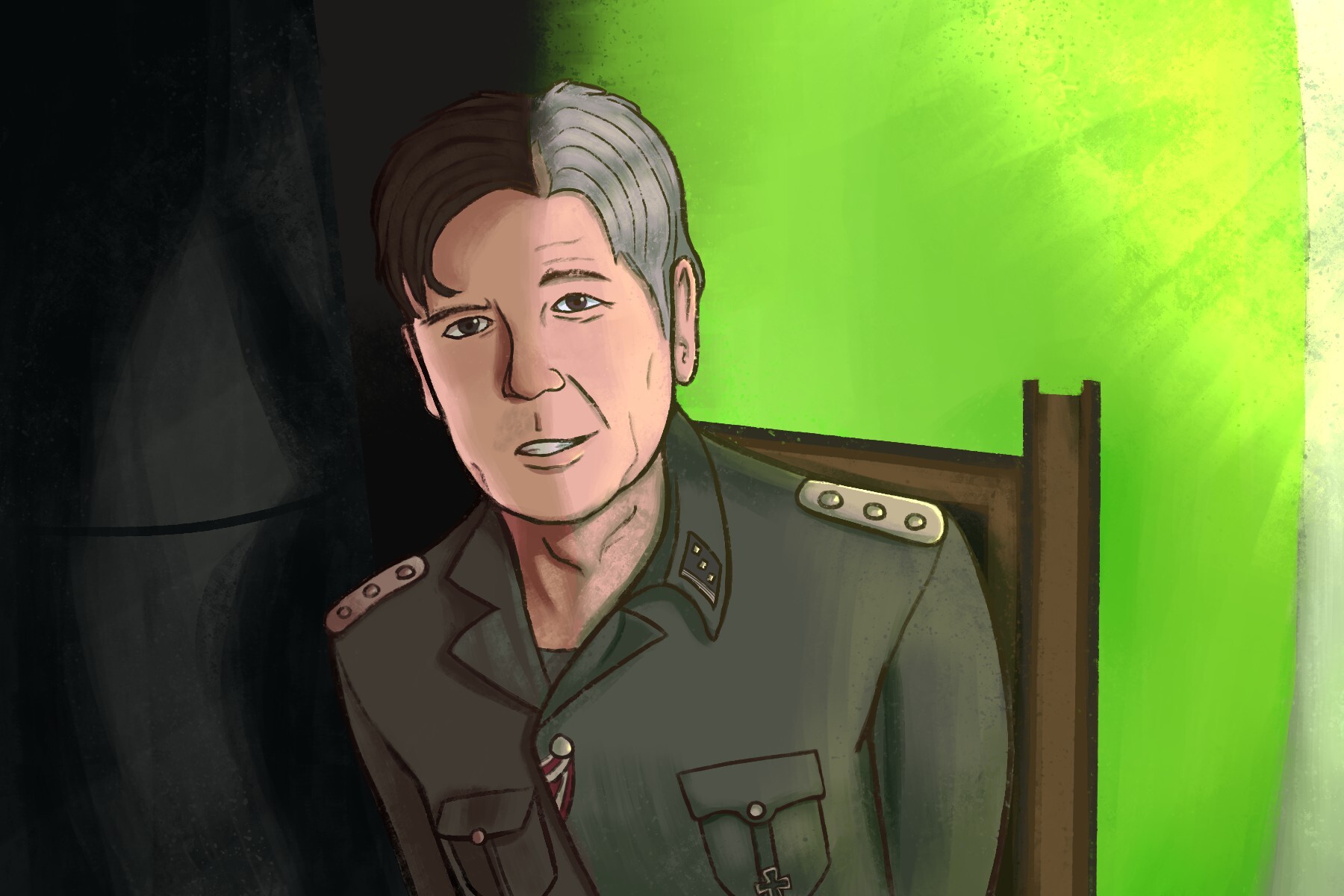Forty-two years after the first movie in the franchise, “Indiana Jones and the Dial of Destiny” hoped to bring a satisfying end to the action-adventure series. And after the trainwreck that was “Indiana Jones and the Kingdom of the Crystal Skull” brought the franchise to a standstill back in 2008, fans needed a win.
Luckily, the movie was met with more of a positive reaction than its predecessor, garnering an audience rating of 88% on Rotten Tomatoes and a 7/10 on IMDB. While the initial box office profits weren’t anything impressive, “The Dial of Destiny” has been overall accepted as an enjoyable, entertaining way to bring Indiana’s story to a close.
But the movie is not without its issues. While it doesn’t feature hilariously bad-looking aliens or a refrigerator being used to survive a nuclear blast, some of the effects in the series finale are worthy of their own criticism.
Some spoilers for “Indiana Jones and the Dial of Destiny” ahead.
As the movie begins, the audience is greeted by 1940s-era cars and Nazi imagery, letting them know this opening scene takes place during WWII, the time period of the original Indiana Jones movies from the 80s. Soon after, the titular hero himself shows up, his face unveiled as a soldier removes a bag covering it. It’s Indiana Jones… sort of. It is Harrison Ford acting in the scene, the 79-year-old actor reprising his role as the adventuring archaeologist. Only he’s been de-aged digitally to make him look the same as he did in the originals. James Mangold, the movie’s director, defended the effects and hoped the opening would be “a blast of the classic golden-age Indy I missed.” And while Ford and Mangold do a good job with the flashback scene overall, the effects on Ford’s face are rough, to say the least.
While the VFX used aren’t quite as bad as past examples in other blockbusters (“Rogue One’s” recreation of Peter Kushing comes to mind) the effects make Ford’s face look unnaturally smooth and move in not-quite-human ways. The choice to start the movie with a close-up of Indiana talking makes the issues apparent right away. At its worst, it looks like Ford’s eyes are peering out from behind a mask approaching something like his old face. The effects are definitely not seamless and distracted many audience members during the opening 27 minutes of the movie that take place in 1944.
“The Dial of Destiny’s” use of de-aging technology has drawn comparisons to “The Irishman,” a film from a few years ago that got similar complaints. Both movies made use of A.I. to compile footage of older actors’ previous performances, then used that visual data to construct digital versions of their faces which could be added to an actor in post-production. That way, the original actors can still play their characters and appear just like their younger selves to general audiences. And sure, there are times when the camera is moving quickly or far enough away that it works, but the technology is simply not at the point where this method can be used without drawing negative attention.
Rather than seeming like a return to Indiana Jones’s youth and the original adventures he went on, the opening of the movie may end up feeling more like a grim reminder of the passage of time to some viewers. Which is ironic and somewhat fitting given the movie’s focus on time travel and an ancient device called the Antikythera (which actually exists, by the way, and genuinely does possess some uncanny technological features that don’t make sense for the time period when it was supposedly constructed).
It’s understandable after so long portraying Indiana Jones, Ford would be reluctant to let anyone else take on the iconic character. For what it’s worth, his physical acting is pretty remarkable for someone approaching their eighties playing a forty-year-old. And it would be worse if Ford’s younger face was projected onto another actor; while not necessarily unethical, repurposing an actor’s likeness using A.I. will always be a bit uncomfortable.
What’s more, as VFX technology progresses and is used more and more often in films, this is a bit of an odd precedent to set. While Ford and the actors in “The Irishman” were working on the films they were de-aged for and were probably on-board with the technology, there have been other recent instances where that was not the case. VFX work has been used to recreate characters whose actors have passed using those actor’s faces, sometimes without the actor ever being involved. Again, Peter Kushing’s posthumous appearance in “Rogue One” stands out as an example of the morally gray use of digital de-aging, and “Ghostbusters: Afterlife” controversially featured a resurrected Harold Ramis playing Egon Spengler (who was also dead in-universe, making Ramis’s appearance ghostly on two levels).
The use of a dead person’s face in a project seems distasteful or disrespectful to many audience members, especially if the likeness appears uncanny or inhuman. Even putting those issues aside, the use of A.I. within the moviemaking sphere at all has become a controversial topic lately. Especially so right now, with the ongoing strike by the WGA and SAG-AFTRA, which partly centers around A.I. being used in writer’s rooms. While “Indiana Jones and the Dial of Destiny” doesn’t directly participate in such morally deficient behavior, the techniques they use draw comparisons to and further normalize ethically ambiguous filmmaking practices used by other studios.
Using an actor’s likeness after their death has been a hot topic in Hollywood for some time already, but it will only happen more and more frequently as this technology improves. Though, if the reaction to “Indiana Jones and the Dial of Destiny” is anything to go off of, it will be some time yet before the effects can be used seamlessly and without backlash.
















